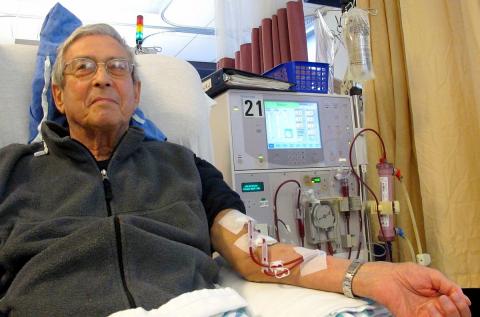Nearly Half Of All Americans Now Have A Chronic Disease

by Autumn Spredemann
The prevalence of these conditions has surged over the past decade, creating a twofold health care and economic crisis affecting nearly half of Americans. By 2030, the number of U.S. residents struggling with at least one chronic illness is expected to surpass 170 million.
That's more than half of the entire country, for perspective.
The expanding elderly population and adults aren't the only age groups seeing an uptick. More than 40 percent of children and adolescents currently have at least one chronic illness, according to the Centers for Disease Control and Prevention (CDC).
There's also a tremendous cost burden. The spectrum of chronic diseases comprises a disproportionately large segment of U.S. health care costs. Of the nation's $4.1 trillion annual health care expenditures, chronic diseases account for 90 percent.
That's more than $3 trillion dollars of annual direct costs alone.
At an individual level, the price tag doesn't look any better. Estimates for the treatment and management of chronic conditions—on average—tally more than $6,000 annually per patient.
Some chronic disease specialists and health practitioners say that figure is spot on, depending on the condition.
Beyond the Numbers
"For example, if you have type 2 diabetes, you are often checking in with your provider every three months. Four visits a year, times $300 a visit, plus the amount spent for medications per month … quickly adds up," nurse practitioner Lola MacLean told The Epoch Times.


























